Pluggable IO Connector and Wiring Harness
Pluggable IO connectors and wiring harnesses can speed up data transmission between different devices. Our extensive pluggable input/output (I/O) connector product portfolio focuses on speed, density, flexibility, efficiency and standardization, providing you with reliable solutions to improve in the data center and metropolitan area network. Our CFP connector supports 40G and 100G Ethernet CFP optical modules, and also supports the integration of the host PCB to the motherboard. In the field of servers and routers, our small form-factor pluggable (SFP) I/O interconnect products improve EMI or thermal performance by dissipating heat and reducing system temperature, and require less power for overall system operation. In the field of network interfaces and wireless base stations, our four-channel small form-factor pluggable (QSFP) connectors add four channels to one interface, and each channel has a data transmission rate of up to 28 Gbps. In storage solutions, Mini SAS products provide intensive internal or external solutions that comply with industry SAS standards. With TE's pluggable I/O connectors, you can flexibly provide superior designs and provide reliable high-density signal integrity at higher data transmission rates.
As the data rate of pluggable I/O increases, the need to effectively limit the EMI radiation and heat generated by fiber optic transceivers has become stronger. This is usually done with EMI containment tools, such as sheet metal shells or die-cast sheaths. This article focuses on I/O connectivity solutions that can solve EMI containment and thermal performance issues in order to provide the most advanced solutions for communications and networking OEM customers.
As the data rate of pluggable I/O increases, the need to effectively limit the EMI radiation and heat generated by fiber optic transceivers has become stronger. This is usually done with EMI containment tools, such as sheet metal shells or die-cast sheaths. This article focuses on I/O connectivity solutions that can solve EMI containment and thermal performance issues in order to provide the most advanced solutions for communications and networking OEM customers.
Introduction to I/O
Refers to the process of data transmission between all operations, programs or equipment and the computer.
Input/Output System (Input/Output System) refers to the system that controls the flow of computer data, including programs and hardware.
Learn about various products suitable for data center applications. Our solution adopts the latest products, with high speed, scalability, small footprint, reduced heat consumption and power characteristics, and can meet the needs of your future projects. Please download the convenient virtual sample kit, or browse the innovative and reliable products below.
Input/Output System (Input/Output System) refers to the system that controls the flow of computer data, including programs and hardware.
Learn about various products suitable for data center applications. Our solution adopts the latest products, with high speed, scalability, small footprint, reduced heat consumption and power characteristics, and can meet the needs of your future projects. Please download the convenient virtual sample kit, or browse the innovative and reliable products below.
The concept of I/0 interface
Classification of interfaces
The function of the I/O interface is responsible for realizing that the CPU connects the I/O circuit and peripheral devices through the system bus. According to the complexity of the circuit and equipment, the hardware of the I/O interface is mainly divided into two categories:
The function of the I/O interface is responsible for realizing that the CPU connects the I/O circuit and peripheral devices through the system bus. According to the complexity of the circuit and equipment, the hardware of the I/O interface is mainly divided into two categories:
System connector for I/O interface
The I/O interface system is used to support the transmission of high-speed serial differential signals, while combining high density, high mechanical robustness and ease of assembly with excellent shielding and signal integrity. Connectors are installed around the chip system, which uses a differential pair structure, each pair of structures being separated from adjacent pairs and adjacent chips. The connectors are 4 dual channels with operating speeds greater than 2.5 Gb/s. Similar to other links, but can also be used for higher data transfer rates. The connector has the characteristics of small and exquisite structure, which can be used in dense systems with board-to-board spacing as low as 15mm, and can be installed side by side with an interval of 12.5mm, so that multiple ports are distributed along the edge of the card. In addition, the long engagement length and short cable outlet design of the connector itself allows more compact cable routing settings. The connector can also be configured to process low-speed signals and power, and can also provide selective loads, so that the system can enjoy the density and robustness provided by the connector in applications that do not require high-speed signal transmission.
Features and advantages
8 pairs of connectors can be installed side by side with a pitch of 12.5mm, so that multiple input/output ports are distributed along the edge of the card, and the working speed is greater than 4 dual channels of 2.5 Gb/s.
Robust strain relief device with short cable outlet reduces the distance between the cabinet panel and the cabinet door or cabinet wall
Low vertical profile can be used in systems with card slot spacing of 15mm
Low crosstalk between differential pairs and controllable 100 ohm impedance can be matched with 100 ohm shielded pair cables
The crimping sleeve system reliably connects the EMC shield of the cable and the connector cover
Robust strain relief device with short cable outlet reduces the distance between the cabinet panel and the cabinet door or cabinet wall
Low vertical profile can be used in systems with card slot spacing of 15mm
Low crosstalk between differential pairs and controllable 100 ohm impedance can be matched with 100 ohm shielded pair cables
The crimping sleeve system reliably connects the EMC shield of the cable and the connector cover
| PBC plug-in terminal block |
Pitch 3.81mm, 2.50mm, 3.50mm, 3.96mm, 5.00mm, 7.50mm, 7.62mm, 10.16mm: LC1-5.08, LC1X-5.08, LC2A-5.08, LC2B-5.08, LC3-5.08, LC4-5.08, LC1M-5.08, LC1XM-5.08, LC2AM-5.08, LC2BM-5.08, LC3M-5.08, LC4M-5.08, LC5- 5.08, LC6-5.08, LC10-5.08, LC10N-5.08, LC12V-5.08, LC12R-5.08 |
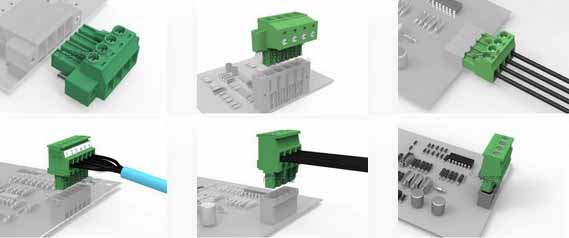 |
| Rail plug-in terminal block |
JSJ1.5, JSJ2.5, JSJB2.5, UL-UK1.5N, UL-UK2.5B, UL-UK3N, UL-UK5N, UL-UK5-HESI, UL-UK5-TWIN, UL-UK5-MTK-P/P, UL-UK6N, UL-UK10N, UL-UK16N, UL-UK35N, UL-UKH50, UL-UKH95 |
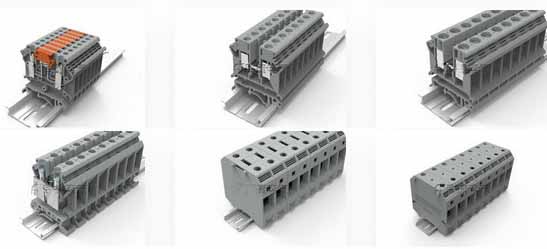 |
| High current plug-in connector |
LC15H-7.62, LC15HM-7.62, LC16H-7.62, LC16HM-7.62, LG1016A-10.16, LG1016B-10.16, UL-UK10N, UL-UK16N, UL-UK35N, UL-UKH50, UL-UKH95, JHY1-63A, JHY1-100A, JHY1-150A, JHY1-200A, JHY1-300A |
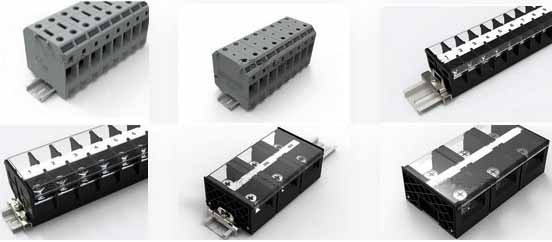 |
| Pluggable photovoltaic connector |
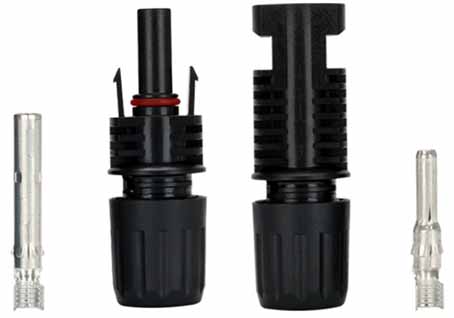 |
|
| Pluggable I/O connector accessories |
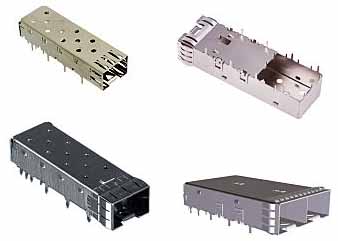 |
|
| Crimp type grounding connector | ||
| Cabinet-mounted plug-in connector shell |
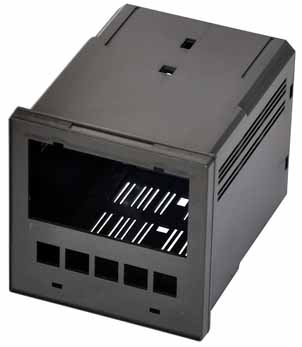 |





